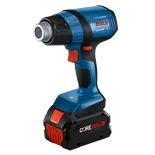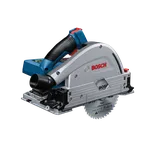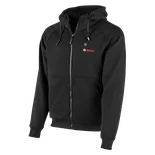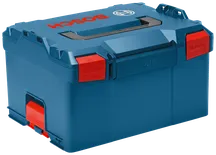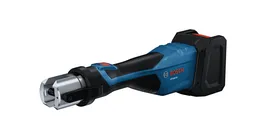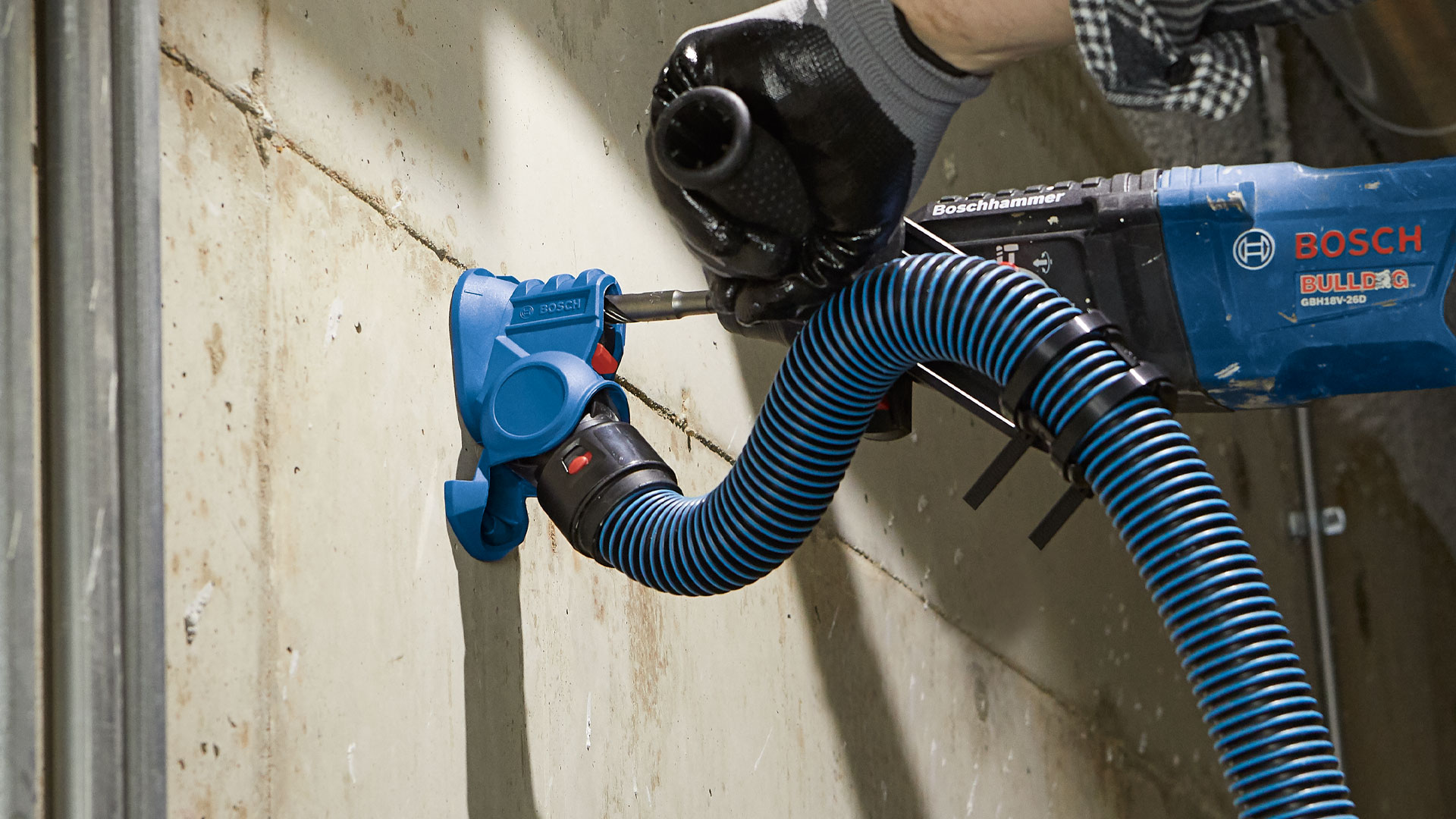The Occupational Safety and Health Administration (OSHA) has issued a final rule to curb lung cancer, silicosis, chronic obstructive pulmonary disease and kidney disease in Americaʼs workers by limiting their exposure to respirable crystalline silica.
Protect yourself & your employees
Ensure jobsite compliance
According to OSHAʼs website, the good news is that silicosis is 100% preventable! While using power tools with a dust attachment/accessory and dust extractors with the right filter, exposure to silica can be drastically reduced.
Key provisions
- Reduces the permissible limit (PEL) to 50 μg/m3 (micrograms of silica per cubic meter of air), averaged over an eight-hour day.
- Requires employers to use:
- Engineering controls (such as water or ventilation) to limit worker exposure to respirable silica dust to the PEL
- Provide respirators when engineering controls cannot adequately limit exposure
- Limit worker access to high exposure areas
- Develop a written exposure control plan
- Train workers on silica risks and how to limit exposures
- Provide medical exams to monitor highly exposed workers and gives them information about their lung health
- Establish and implement a written exposure control plan to identify tasks that involve exposure and methods used to protect workers, including procedures to restrict access to work areas where high exposures may occur. Also, employers need to designate a competent person to implement the written exposure control plan.
- Provides flexibility to help employers — especially small businesses — protect workers from silica exposure.
OSHA 1926.1153 table 1 silica regulations for Power Tools
TABLE 1 - SPECIFIED EXPOSURE CONTROL METHODS WHEN WORKING WITH MATERIALS CONTAINING CRYSTALLINE SILICA
| Equipment/Task | Engineering and Work Practice Control Methods | Required Respiratory Protection and Minimum Assigned Protection Factor (APF) | ||
|---|---|---|---|---|
| ≤ 4 hours/shift | > 4 hours/shift | |||
| Handheld and Stand-Mounted Drills (including impact and rotary hammer drills). |
Use drill equipped with commercially available shroud or cowling with dust collection system. Operate and maintain tool in accordance with manufacturer's instructions to minimize dust emissions. Dust collector must provide the air flow recommended by the tool manufacturer, or greater, and have a filter with 99% or greater efficiency and a filter-cleaning mechanism. Use a HEPA-filtered vacuum when cleaning holes | None | None | |
| Jackhammers and Handheld Powered Chipping Tools |
Use tool equipped with commercially available shroud and dust collection system. Operate and maintain tool in accordance with manufacturer's instructions to minimize dust emissions. Dust collector must provide the air flow recommended by the tool manufacturer, or greater, and have a filter with 99% or greater efficiency and a filter-cleaning mechanism. | |||
| ✔ When used outdoors. | None | APF 10 | ||
| ✔ When used indoors or in an enclosed area. | APF 10 | APF 10 | ||
| Handheld Power Saws for Cutting Fibercement Board (with blade diameter of 8 inches or less) | For tasks performed outdoors only: Use saw equipped with commercially available dust collection system. Operate and maintain tool in accordance with manufacturer's instructions to minimize dust emissions. Dust collector must provide the air flow recommended by the tool manufacturer, or greater, and have a filter with 99% or greater efficiency. | None | None | |
| Handheld Grinders for Mortar Removal (i.e., tuckpointing) | Use grinder equipped with commercially available shroud and dust collection system. Operate and maintain tool in accordance with manufacturer's instructions to minimize dust emissions. Dust collector must provide 25 cubic feet per minute (cfm) or greater of airflow per inch of wheel diameter and have a filter with 99% or greater efficiency and a cyclonic pre-separator or filter-cleaning mechanism. | APF 10 | APF 25 | |
| Handheld Grinders for Uses Other than Mortar Removal | Use grinder equipped with commercially available shroud and dust collection system. Operate and maintain tool in accordance with manufacturer's instructions to minimize dust emissions. Dust collector must provide 25 cubic feet per minute (cfm) or greater of airflow per inch of wheel diameter and have a filter with 99% or greater efficiency and a cyclonic pre-separator or filter-cleaning mechanism. | |||
| ✔ When used outdoors. | None | None | ||
| ✔ When used indoors or in an enclosed area. | None | APF 10 |
Silica & OSHA references
By partnering with The Center For Construction Research & Training, they have provided a comprehensive website dedicated to working safely with silica. Here you can find the following resources and training materials to get you, your crew and jobsite fully prepared:
- Main Site:
- Understanding the dangers of silica exposure:
- OSHA & state level regulations and requirements:
- Recent News & Research:
- Create and print a written exposure control plan:
Training Materials
- Manuals & Guides:
- Presentations:
- Toolbox Talks:
- Handouts:
- Videos:
- Other:

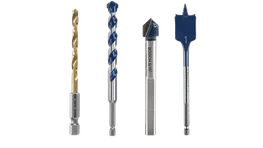
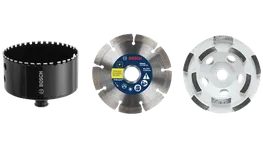
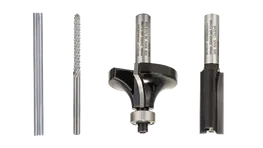
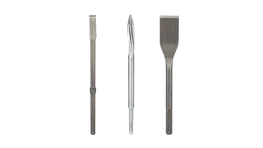

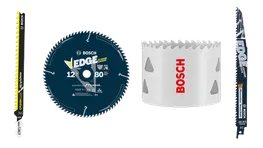
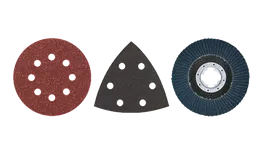

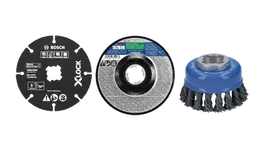
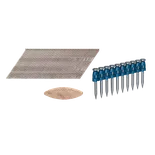
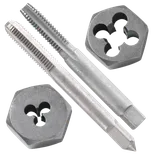
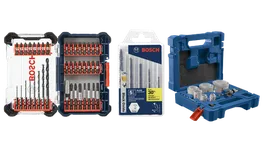



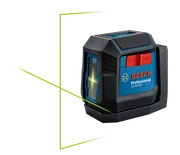

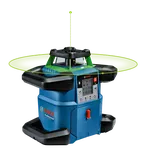
.png )
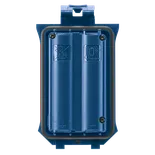



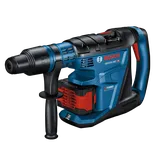
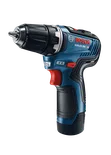
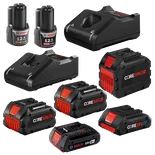
.png )

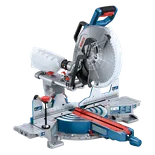
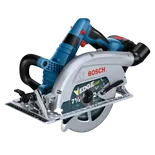
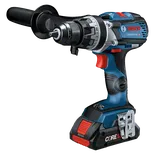
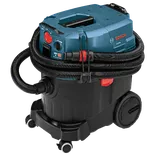
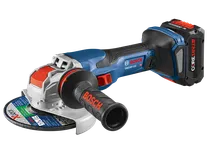

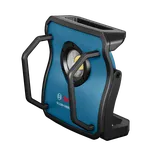
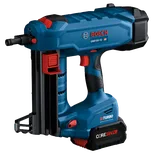

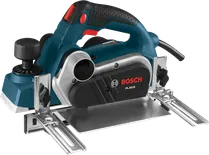

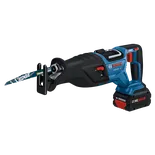
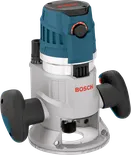
.png )
